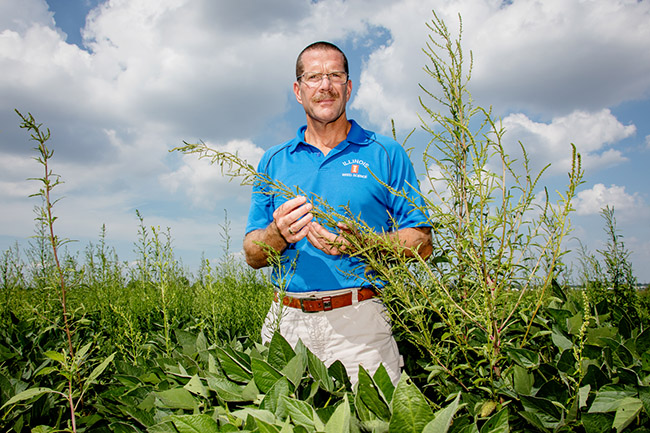Eight years ago, University of Illinois and USDA-ARS scientists turned weed control on its head. More and more herbicide resistant weeds were popping up, and the pest plants were getting harder to kill. It was clear farmers could no longer rely on the same chemicals year after year. Industry campaigns and herbicide applicators began touting the benefits of rotating herbicides annually to avoid developing resistance, and rotation quickly became common practice.

